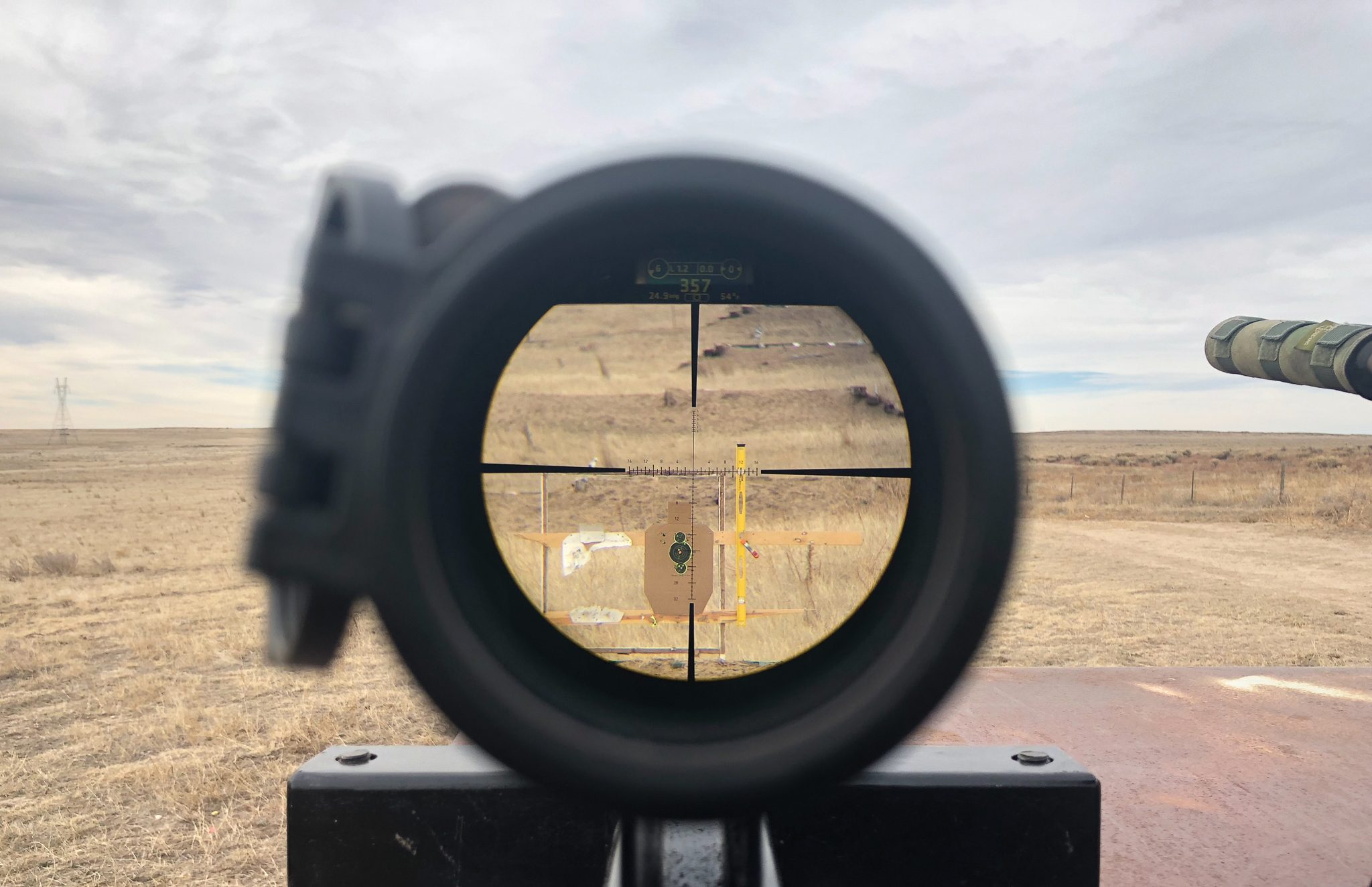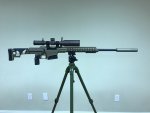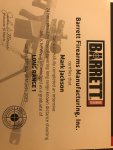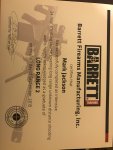I shoot MOA. I have attended the Barrett long range 1 & 2 courses out to 2500Y (MRAD 300 PRC) and open range day (X4) at the ATF range in Georgia where there are a lot of really excellent shooters (X50+ a day) with top of the line equipment. Most shoot MIL - when I ask why most say that is the way they were taught - no advantages/disadvantages. I am seeing more & more converts to MOA. The scope I see most (MOA) is the Vortex Razor EBR2-C.
400 yards
1 MOA = 4 inches = 1 inch per click
1 MIL = 14 1/2 inches = 3.6 inches per click (1 click is the whole margin of error +/- for sub-MOA shifts)
Which one looks like a more precision system for your precision rifle?
400 yards
1 MOA = 4 inches = 1 inch per click
1 MIL = 14 1/2 inches = 3.6 inches per click (1 click is the whole margin of error +/- for sub-MOA shifts)
Which one looks like a more precision system for your precision rifle?





